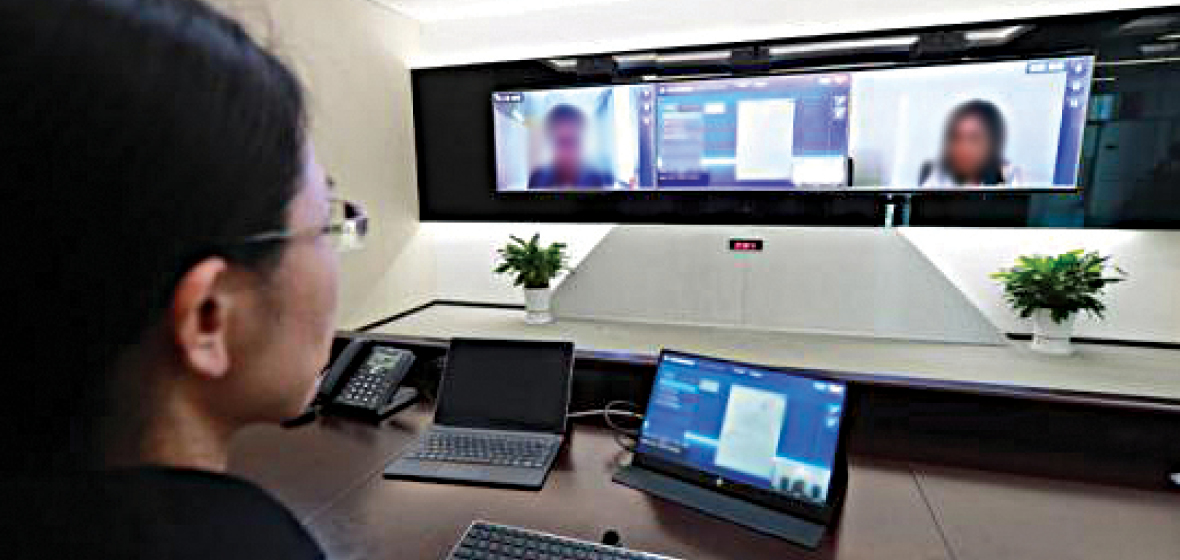Snapshot
- Wherever possible, NSW courts are proceeding with hearings by audio-visual link (‘AVL’). Courts have a discretion as to whether a matter should proceed by AVL. In some circumstances, it may be unfair to a party to proceed in that fashion.
- Just as it is important to employ persuasive techniques in the physical courtroom, so too is it important in the virtual courtroom: prepare and plan accordingly.
- Know your AVL technology and prepare your workspace in a way that conveys professionalism, minimises distractions and establishes a connection with the bench.
‘Under ordinary circumstances, I would not remotely contemplate imposing such an unsatisfactory mode of a trial on a party against its will. But these are not ordinary circumstances and we have entered a period in which much that is around us is and is going to continue to be unsatisfactory. I think we must try our best to make this trial work. If it becomes unworkable then it can be adjourned, but we must at least try.’ – Perram J in Capic v Ford Motor Company of Australia [2020] FCA 486 (at [25]).
The advent of the COVID-19 pandemic has fundamentally changed the court landscape for the foreseeable future, potentially forever. In New South Wales, the introduction of the COVID-19 Legislation Amendment (Emergency Measures) Act 2020 means the majority of court appearances now occur in a ‘virtual courtroom’. A virtual courtroom is a digital method of progressing court cases that does not require the participants to attend in person. Parties to court proceedings can access the virtual courtroom using video and telephone conferencing applications, such as Zoom or Skype. For now, Audio-Visual Link (‘AVL’) hearings should be considered ‘the new normal’ and advocates need to adapt their processes accordingly.
The new normal: appearances, evidence & submissions
Section 5B of the Evidence (Audio and Audio Visual Links) Act 1998 (the ‘Act’) permits a court to direct a person to give evidence or make a submission to court by audio link or AVL. Section 22C was introduced into the Act in response to the pandemic, and will have effect until, at least, September 2020. It provides that:
- an accused person is to appear in bail proceedings by AVL unless the court orders otherwise;
- a court may direct for an accused person to appear by AVL in ‘physical appearance proceedings’, which includes trials but does not include proceedings on indictment; and
- a court may direct a witness or legal practitioner representing a party to appear by AVL.
However, not all matters can and should proceed by AVL. Courts in NSW have a discretion under the Act as to whether or not appearances, evidence and submissions should proceed by AVL and the Act sets out circumstances in which a court must not permit a hearing to proceed in that fashion. These circumstances include technological requirements not being met (s 20A) and ‘unfairness to a party’.



